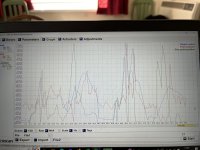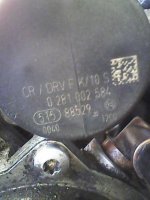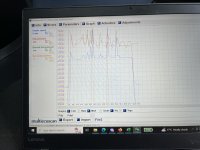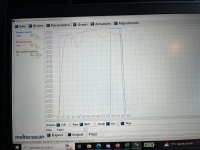For over a week I have been saying you got to start somewhere
A Jag, a Merc and so on is not a panda multijet
Even within the multijet range some are GM designed and some fiat
The only thing that's important is the 1.3 multijet
At a minimum of 200 rpm the fuel pressure should be 300 bar after 5 seconds

How hard can it be to test, all you have to do is prevent the car from starting, which a one point it wasn't doing that any rate
Ramp up is normally 3/4 of a second, I have never tested a 1.3 multijet, which might be different
I would not expect 62 at 234 rpm
And 126 bar at 722 rpm
If you take the pressure regulator off the rail you are supposed to replace the seal, probably not strictly necessarily, who knows
A Jag, a Merc and so on is not a panda multijet
Even within the multijet range some are GM designed and some fiat
The only thing that's important is the 1.3 multijet
At a minimum of 200 rpm the fuel pressure should be 300 bar after 5 seconds
How hard can it be to test, all you have to do is prevent the car from starting, which a one point it wasn't doing that any rate
Ramp up is normally 3/4 of a second, I have never tested a 1.3 multijet, which might be different
I would not expect 62 at 234 rpm
And 126 bar at 722 rpm
If you take the pressure regulator off the rail you are supposed to replace the seal, probably not strictly necessarily, who knows





